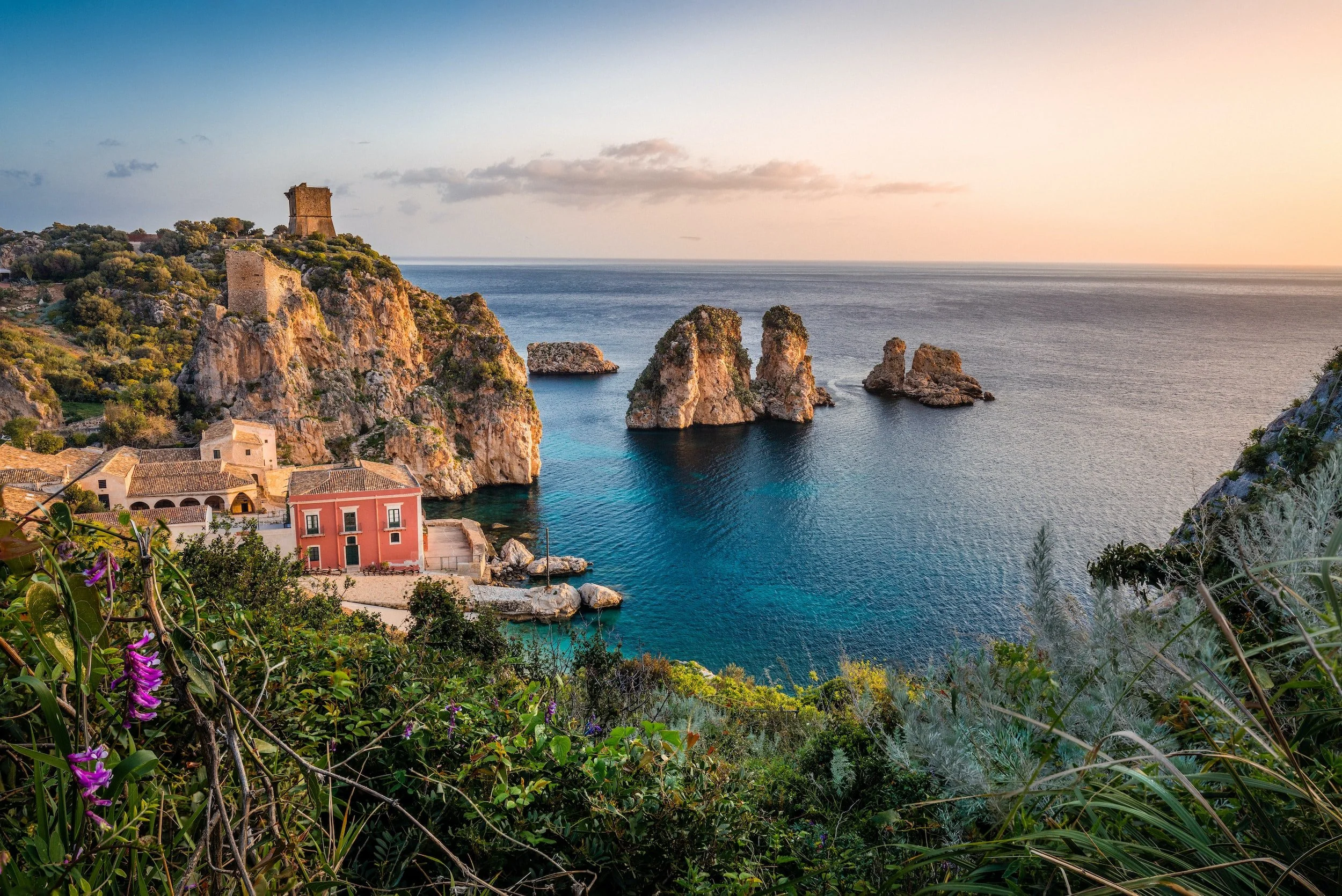A Guide to Traveling by Car in Italy
Italy, with its stunning landscapes, historic cities, and picturesque villages, is a dream destination for many travelers. Exploring this beautiful country by car offers unparalleled freedom and flexibility. For American travelers, driving in Italy can be a thrilling yet challenging experience. This guide provides essential information to help you navigate the roads of Italy with confidence.
Why Travel by Car in Italy?
Traveling by car allows you to discover Italy beyond the major tourist hubs. You can explore charming rural areas, scenic coastal roads, and hidden gems that are not easily accessible by public transport. Driving in Italy also gives you the flexibility to create your own itinerary and travel at your own pace.
Renting a Car in Italy
1. Choosing a Rental Company: Opt for reputable rental companies such as Hertz, Avis, Europcar, or Sixt. Booking in advance is recommended, especially during peak tourist seasons.
2. Requirements:
Driver’s License: An International Driver's License or IDP is highly recommended in addition to your U.S. driver’s license. While it may not always be required by the rental company, it is legally required to drive in Italy. It translates your U.S. license into Italian and other languages, making it easier for authorities to verify your credentials.
Age: The minimum age for renting a car in Italy is typically 21, but this can vary. Drivers under 25 may face additional fees.
Credit Card: A major credit card in the driver’s name is usually required for the deposit.
3. Insurance: Basic insurance is typically included, but consider additional coverage for theft, damage, and liability to ensure you are fully protected.
Driving in Italy: Rules and Tips
1. Traffic Laws:
Speed Limits: Adhere to speed limits: 50 km/h in cities, 90 km/h on rural roads, and 130 km/h on highways (autostrade).
Seat Belts: Mandatory for all passengers.
Alcohol Limit: The legal blood alcohol limit is 0.05%. For drivers with less than three years of experience, it is 0.00%.
2. Road Signs: Familiarize yourself with Italian road signs, which may differ from those in the U.S. Key signs include:
Stop: “STOP” or a red octagon.
Yield: An inverted triangle with “Dare Precedenza”.
No Entry: A red circle with a horizontal white bar.
3. ZTL Zones: Many Italian cities have restricted traffic zones (Zona Traffico Limitato, ZTL). These areas limit car access to residents, taxis, and permit holders during certain hours. Entering a ZTL without permission can result in hefty fines. Look for signs indicating ZTL zones and avoid entering them.
4. Parking: Parking can be challenging in cities. Blue lines indicate paid parking, white lines are for free parking, and yellow lines are for residents or special permits. Use parking garages when available and avoid parking in unauthorized areas to avoid fines or towing.
5. Toll Roads: Highways (autostrade) often have tolls. Collect a ticket when entering and pay when exiting. Tolls can be paid with cash or card. Some areas also use the Telepass system, a convenient electronic toll collection method.
6. Gas Stations: Many gas stations, especially in rural areas, close during lunch hours (1-3 PM) and on Sundays. Automated stations are available but may require cash or a card with a PIN.
Scenic Drives in Italy
Amalfi Coast: The SS163 road offers breathtaking views of the coastline, winding through charming towns like Positano, Amalfi, and Ravello.
Tuscany: Explore rolling hills, vineyards, and medieval towns like Siena, San Gimignano, and Montepulciano.
Dolomites: Drive through the stunning mountain scenery in Northern Italy, with routes like the Great Dolomite Road.
Lakes Region: Discover the beauty of Lake Como, Lake Garda, and Lake Maggiore, surrounded by picturesque villages and stunning landscapes.
Tips for a Smooth Journey
GPS and Maps: Use a GPS or reliable maps app for navigation. Consider downloading offline maps in case of poor signal in remote areas.
Rest Stops: Plan regular breaks during long drives to rest and enjoy the scenery.
Local Customs: Italians are known for their passionate driving style. Stay calm and patient, especially in busy urban areas.
Emergency Numbers: Know the local emergency numbers: 112 for general emergencies and 118 for medical assistance.
Driving in Italy offers a wonderful way to explore the country’s diverse regions and hidden treasures. By understanding the local rules, preparing adequately, and embracing the adventure, you can enjoy a memorable and enriching travel experience. Buon viaggio!










